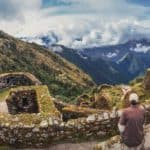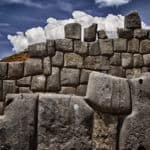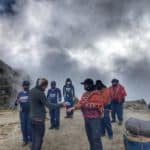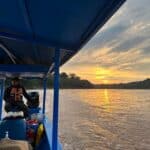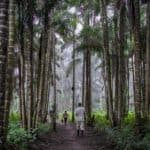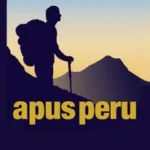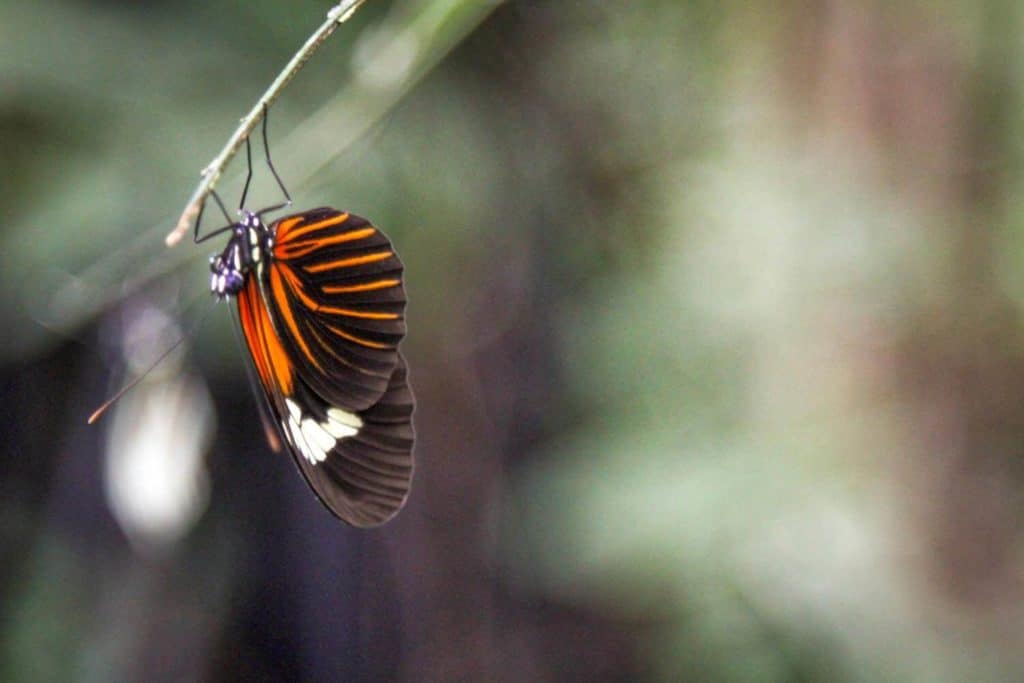
The Peruvian Amazon is a must-visit for anyone who loves nature and adventure. It’s a vast, living landscape that stretches over half of Peru, where rivers carve their way through dense rainforest and wildlife thrives in every corner. It is home to more than 30 species of monkeys, over 850 species of birds, and 200 species of mammals – one of the highest diversities in the entire Amazon Basin.
I LOVE the Amazon – the heat, the energy, and the feeling of being surrounded by unknown plants while hearing the rainforest’s endless symphony of sounds make me never want to leave! It’s a world completely different from anywhere else, full of vibrant wildlife!
This guide will give you an overview of the main regions and types of tours in the largest rainforest in the world, helping you plan your trip to Peru. Whether you’re dreaming of spotting colorful macaws, a capybara, howler monkeys, or pink river dolphins, this post is your starting point for exploring the heart of Peru’s jungle.
Overview of the Peruvian Amazon Rainforest Regions
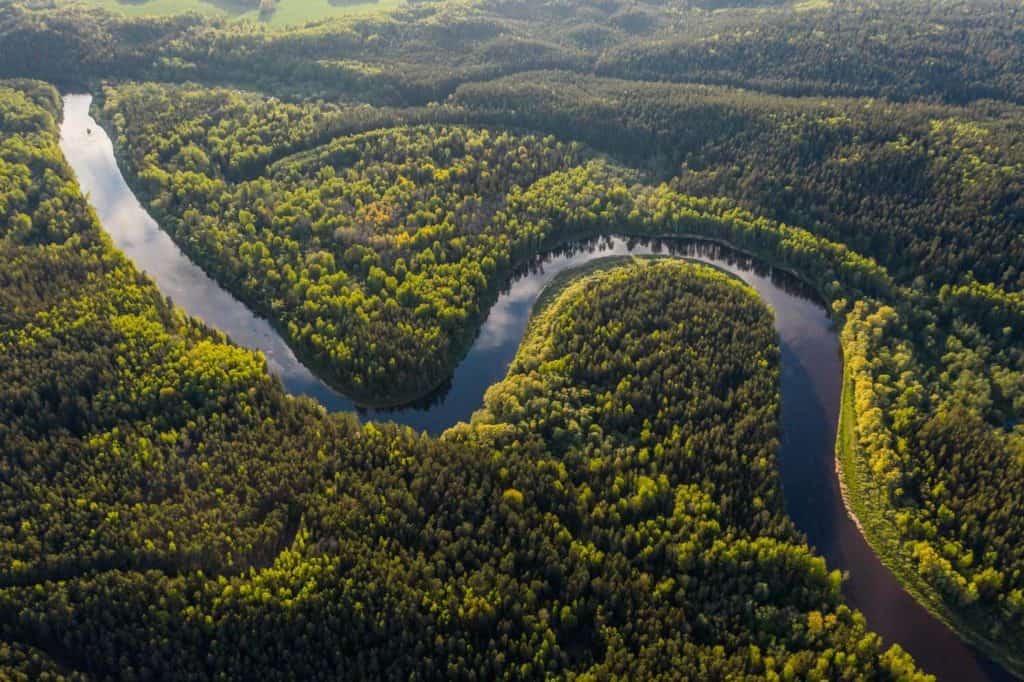
The Peruvian Amazonia is vast and incredibly diverse, covering nearly 60% of the country and offering some of the most unforgettable jungle experiences in South America. Each region has its own character, landscapes, and reasons to visit – from remote wildlife havens to vibrant river cities. Here’s an overview of the main regions to help you choose the best Amazon adventure for you:
Iquitos – Gateway to the Northern Peru Amazon
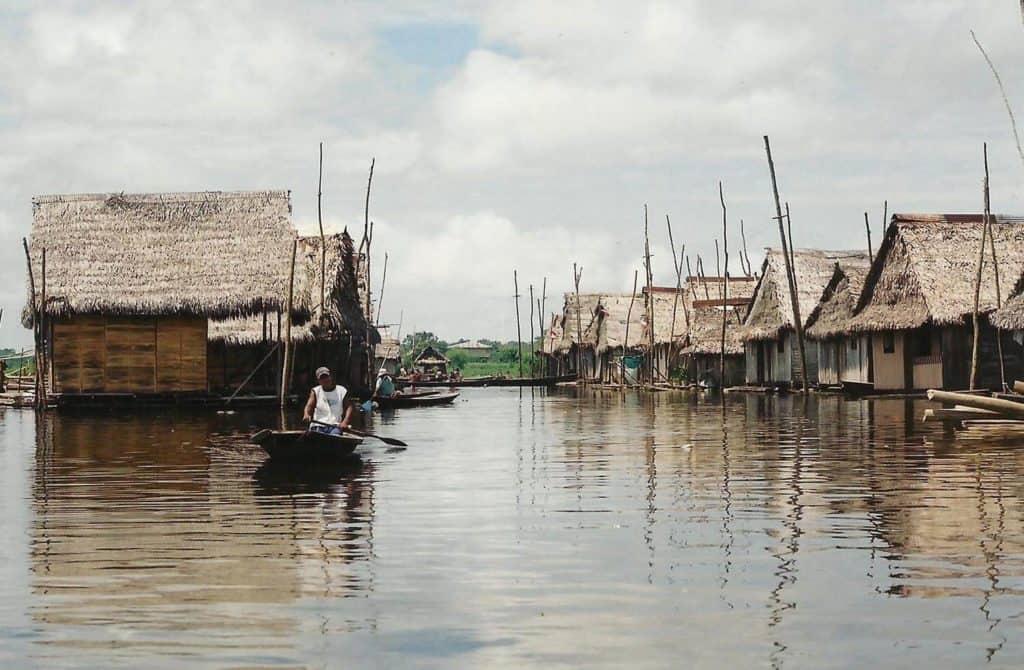
Did you know that Iquitos is the largest city in the world that you can’t reach by road? You can only get there by plane or boat, which gives it a truly remote and exotic feel.
The city is the starting point for many river cruises and multi-day expeditions deep into the rainforest. Beyond wildlife and nature, Iquitos also offers a rich local culture, and a fascinating mix of history and modern Amazonian life. You can explore plenty of vibrant markets, like Belén Market, where you can see traditional medicines, exotic fruits, and more.
My last trip to Iquitos was over 20 years ago, and as a backpacker I didn’t visit a lodge but travel via local river boat. Recent visits from friends have told me that the jungle experiences there are supposed to be incredible! Keep in mind, I’ve also heard that the mosquito situation can be pretty intense there, so pack some strong repellent if you go.
To reach Iquitos, most travelers take a direct flight from Lima to Iquitos Airport, which takes about 1 hour and 45 minutes. For a more adventurous journey, it’s also possible to travel part of the way by land and continue by boat. You can first head to river towns like Yurimaguas (by bus or small plane) or Nauta (near Iquitos), and from there take a cargo or passenger boat along the Amazon and Marañón rivers – a scenic trip that takes about 3 to 4 days. After crossing into Peru from the Colombia Amazon, my mother did the Iquitos to Pullcalpa river boat trip and said it was amazing.
Tambopata – Wildlife Hotspot in the Southern Amazon of Peru
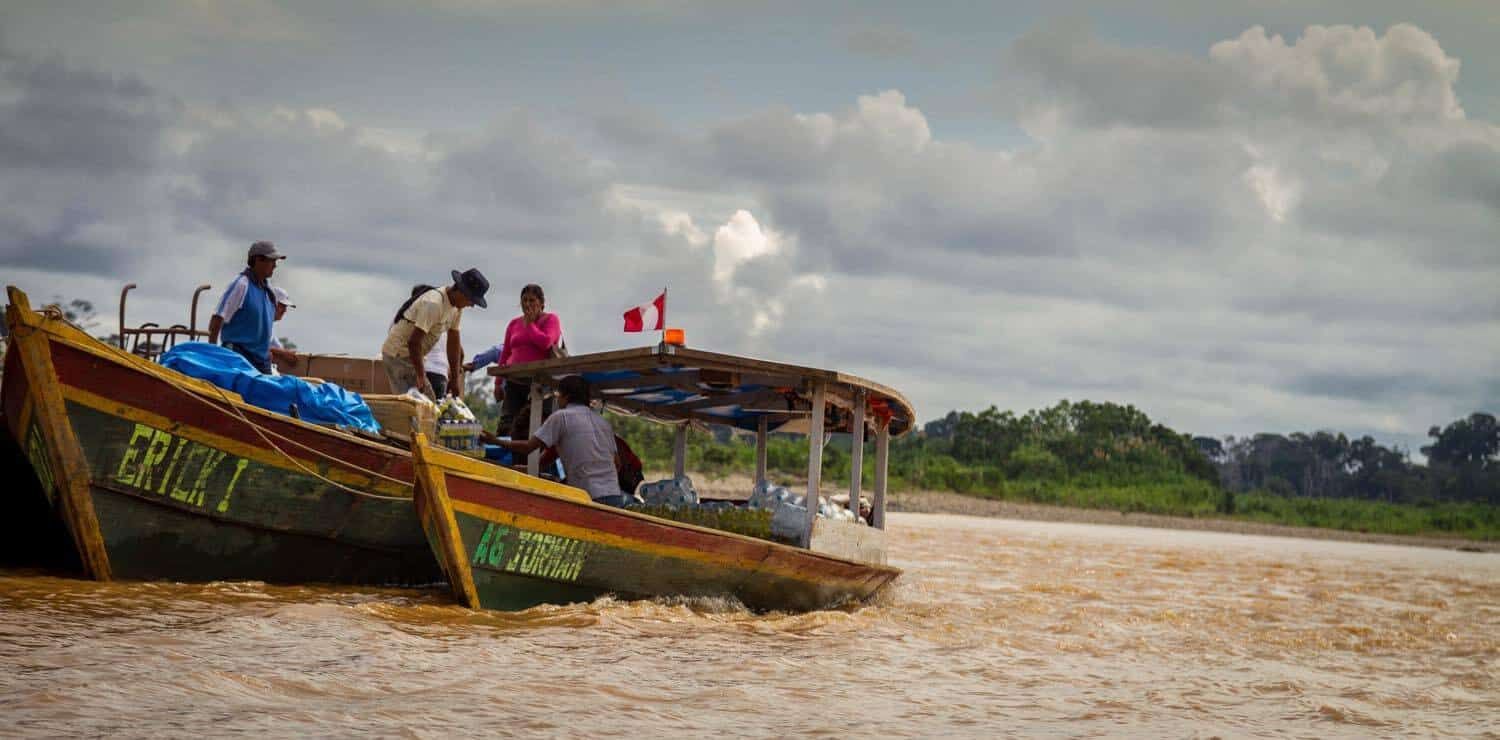
Tambopata, located near the city of Puerto Maldonado, is one of the country’s top wildlife hotspots. The region is famous for its incredible biodiversity, including macaws, giant river otters, monkeys, caimans, and countless bird species.
Many travelers start their journey in Puerto Maldonado, which provides access to Tambopata’s jungle lodges and the Tambopata National Reserve. From there, you can enjoy guided tours, canopy walks, river excursions, and more.
This is actually the Amazon region I’ve visited the most – it’s the most developed for tourism, with plenty of amazing lodges that make it easy to experience the jungle in a comfortable yet truly exciting way. Tambopata is perfect for those seeking an Amazon adventure that balances comfort with the thrill of exploring pristine rainforest.
Manu National Park – Peru’s Pristine Amazon Wilderness
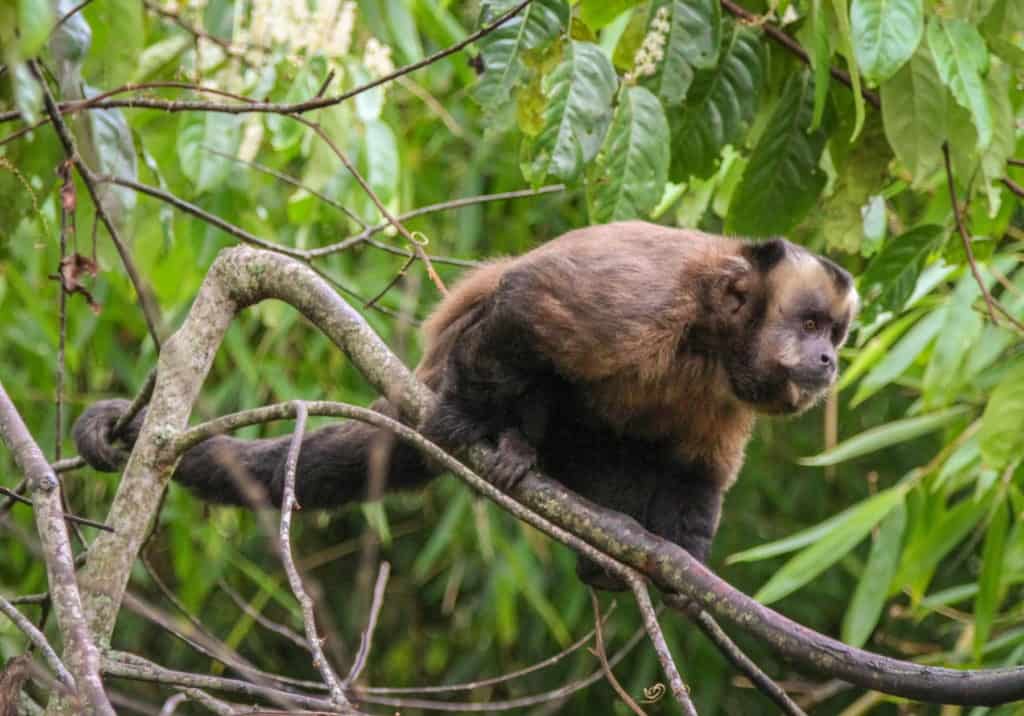
I honestly loved Manu – it’s such an unforgettable place where you can spot sooo many incredible animals. As a UNESCO World Heritage Site and one of the most biodiverse places on Earth, it offers a truly wild, immersive Amazon experience that feels like stepping into another world.
In Manu National Park, your chances of spotting a jaguar increase the deeper you venture into the Amazon! Getting there does take time, though. You start from Cusco and travel quite a long way by road before you even enter the jungle – and you’ll return the same way. However, I kind of liked seeing how the landscapes slowly changed from the Andes mountains to the lowland rainforest. It can be very fascinating! I remember our private guide suddenly saying, “Stop the car,” and there we were, standing by the roadside in the jungle, watching colorful birds through binoculars. Moments like that are what make Manu so special.
Lesser-Known Regions – Off-the-Beaten-Path Adventures
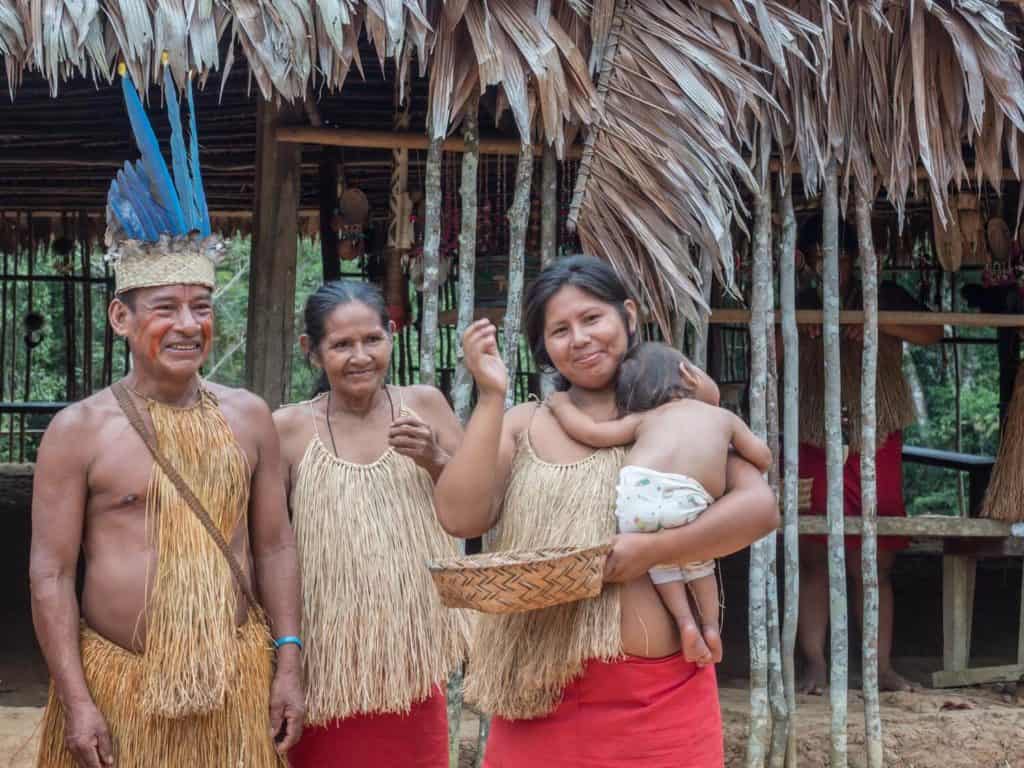
Beyond the well-known hotspots, there are other regions of the Peruvian Amazon rainforest worth exploring for those seeking something different. Places like Pucallpa and the surrounding Ucayali region offer authentic, off-the-beaten-path experiences focused on local communities, traditional ways of life, and less-visited rainforest areas.
These destinations are perfect if you’re looking to go deeper into Amazonian culture.
Types of Peru Amazon Tours
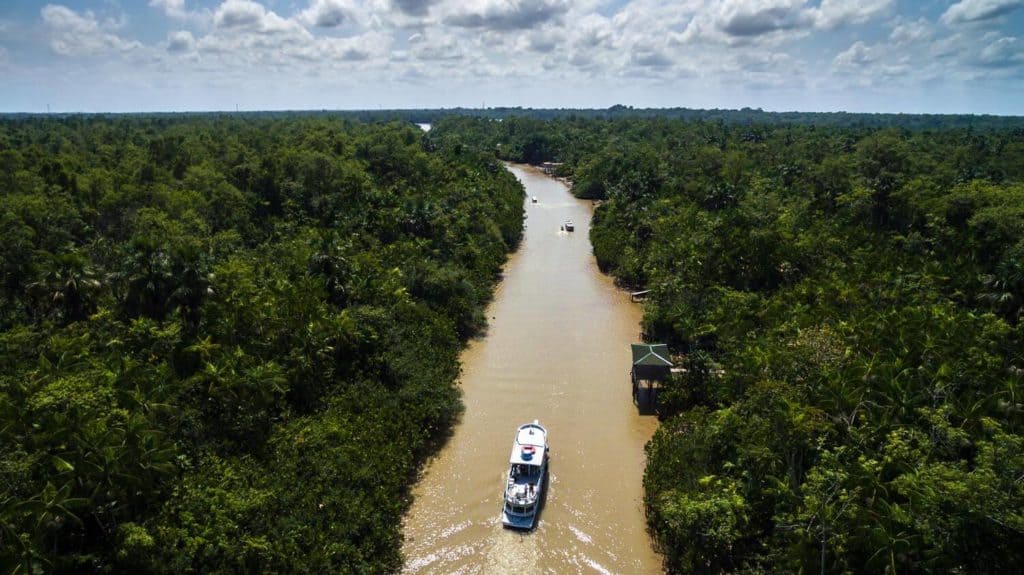
Keep in mind that there are different types of Amazon jungle tours depending on the kind of experience you’re looking for.
Option 1: Jungle Lodge
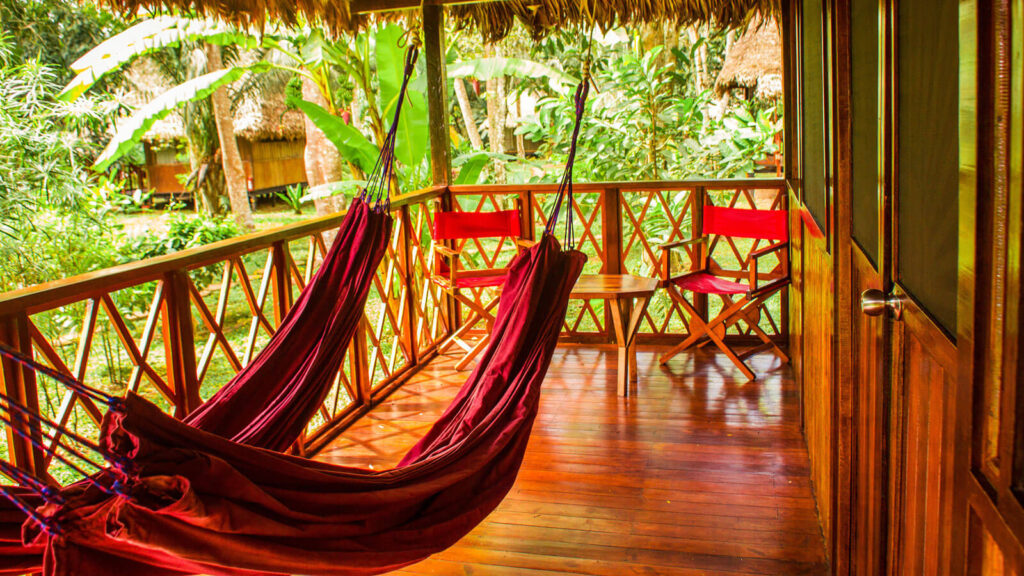
The most common and easiest option is visiting an Amazon lodge. There are plenty to choose from, ranging from a basic lodges and Amazon research center to luxurious ones with pools, Wi-Fi, and beautiful rooms.
How do these tours usually work? Most rainforest lodges offer packages that include hotel or airport pick-up, and a guided stay at the lodge for anywhere from two to six days. To reach many of them, you’ll need to travel by car and then take a boat to the lodge. Once you’re there, you can relax with great food and enjoy daily wildlife tours like boat trips to spot caimans, night walks to see nocturnal animals, and guided jungle excursions. The guides are experts at spotting wildlife, so you get the full Amazon experience without worrying about the logistics.
Our recommendations:
Refugio Amazonas Lodge
Posada Amazonas Lodge
Tambopata Research Center
Option 2: Amazon Cruise
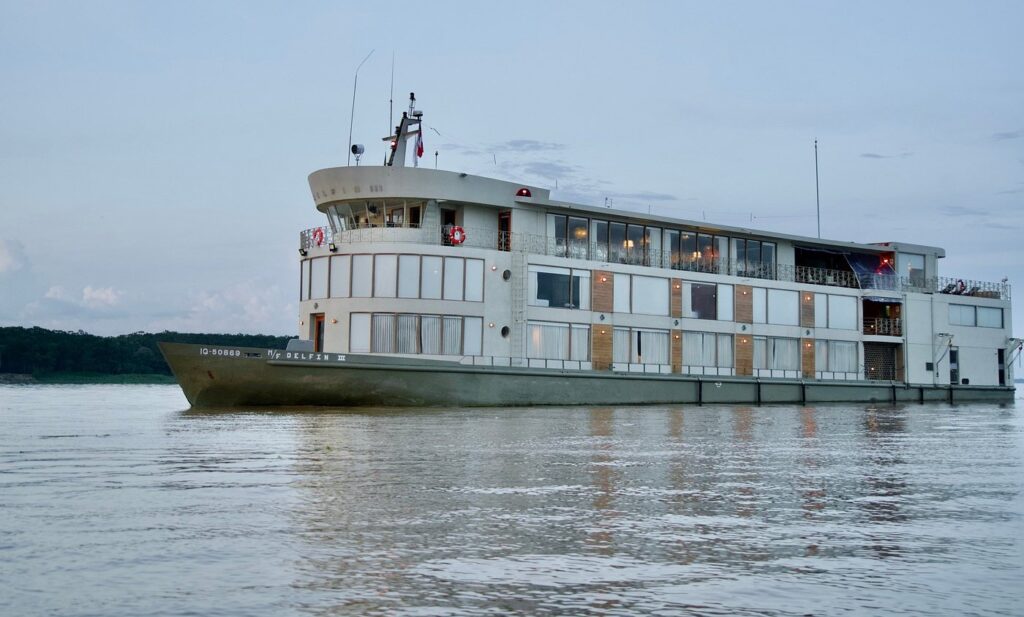
A second, more luxurious option is an Amazon river cruise. It’s a wonderful way to venture deeper into the jungle, with gourmet meals, guided excursions, stops along remote riverbanks, and comfortable cabins to rest in at night. It’s also an unforgettable way to reach parts of the Amazon that are otherwise nearly impossible to access.
And trust me – having a guide by your side makes the experience so much better. There are so many animals you would never notice on your own. Even with an expert pointing them out, I often struggle to spot them! I’m that person nodding along, pretending I see the monkey they’re talking about when in reality I’m still scanning the trees thinking, “Where is it?!”
Option 3: Go Solo!
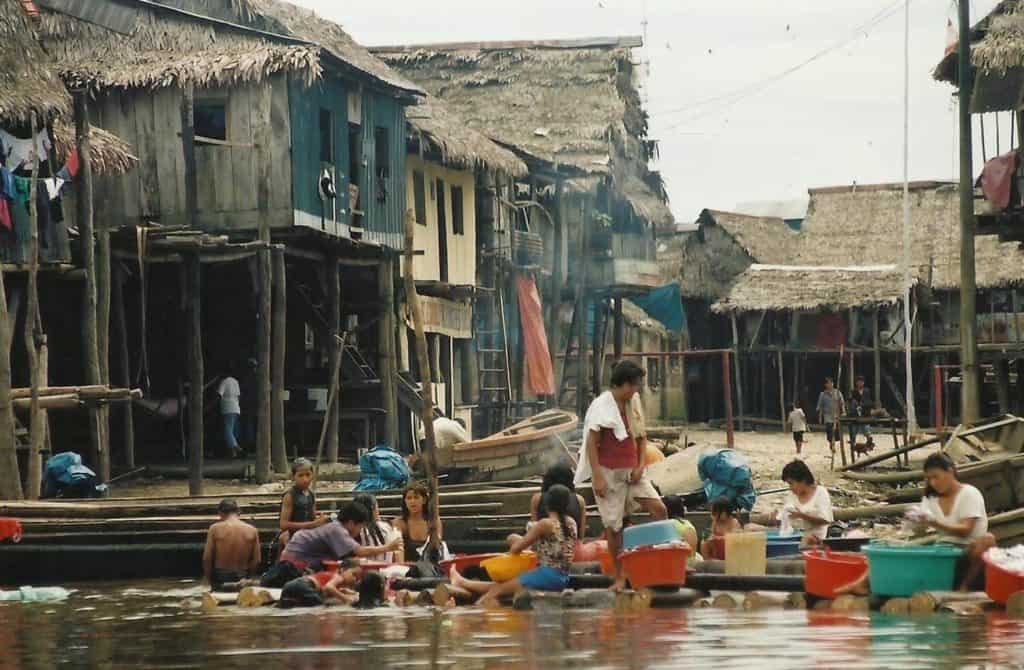
And for the real adventurers, you can do it more independently. This might involve staying in nearby towns or villages and taking day tours, or even navigating local boat transport on your own. This approach requires good Spanish skills, a love of adventure, and an acceptance of lower comfort standards – but it’s perfect for those who want a truly raw jungle experience.
When Is the Best Time to Visit the Peruvian Amazon?
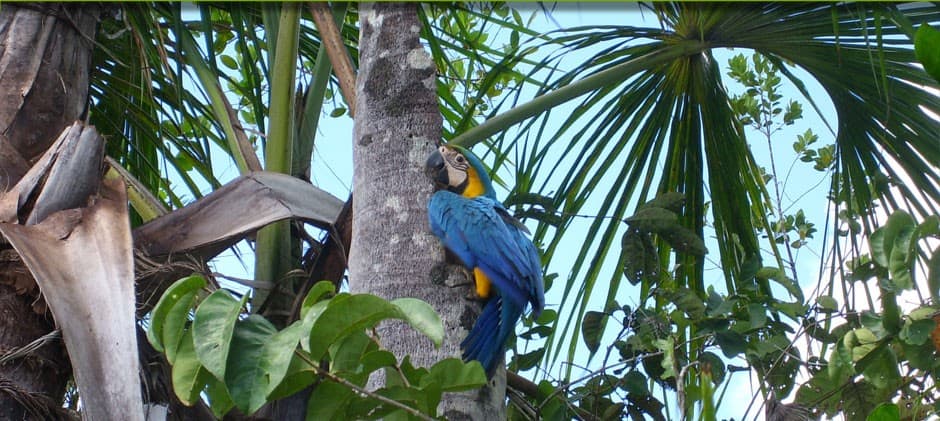
Well, it really depends on what kind of experience you’re looking for. The jungle has a wet season and a dry season, and both have their pros and cons.
The dry season, from May to October, is usually the easiest time to get around. Trails are more accessible, rivers are lower, and it’s a little easier to spot animals because they gather around the remaining water sources.
You can also visit the Amazon in Peru during the rainy season (roughly November to April), but it is a very different experience than in the dry months. Heavy rains are common, which means some trails can become muddy or flooded, certain remote areas may be harder to reach, and a few lodges or tours might even pause operations during the wettest weeks. That said, the rainforest is incredibly lush and vibrant at this time, rivers rise and allow boats to explore deeper into the jungle, and you might spot species that are more active in wetter conditions.
I think any time is magical – the jungle is incredible year-round – but if you want smoother travel and a good chance to spot lots of animals without too many muddy trails, the dry season and the shoulder seasons, in April–May and September–October, are probably your best bet.
How to Choose Your Amazon Peru Tour
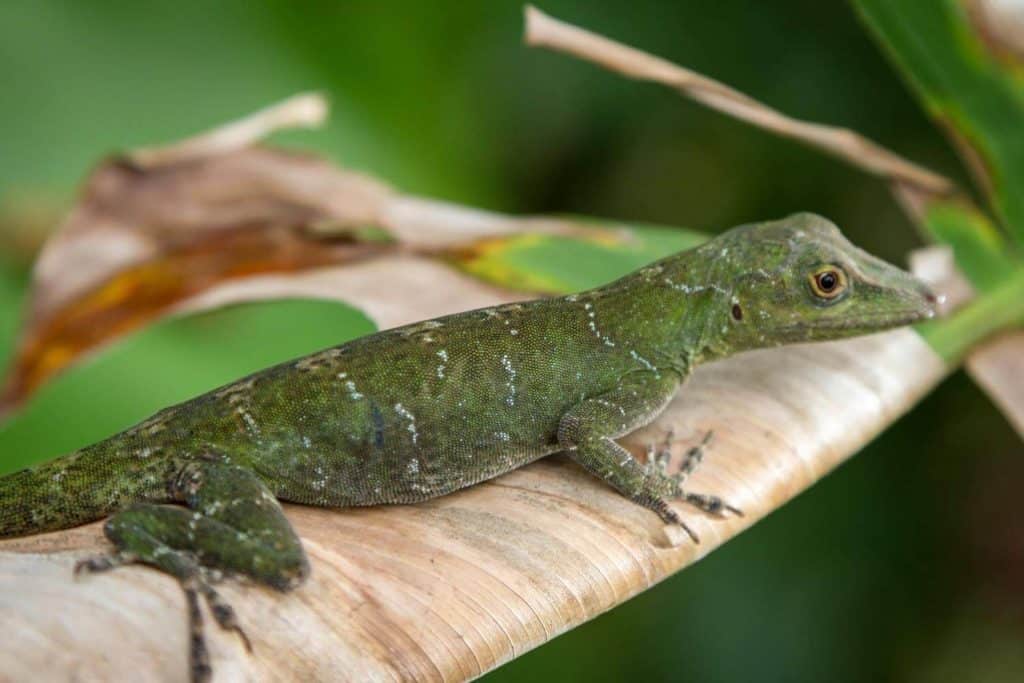
With so many incredible ways to explore the Amazon in Peru, choosing the right tour can feel overwhelming at first. The key is to think about what matters most to you – how much time you have, where you want to go, what kind of experience you’re looking for, and , of course, how much you want to spend.
Here’s what to consider before you book:
How Much Time in the Jungle Do I Need?
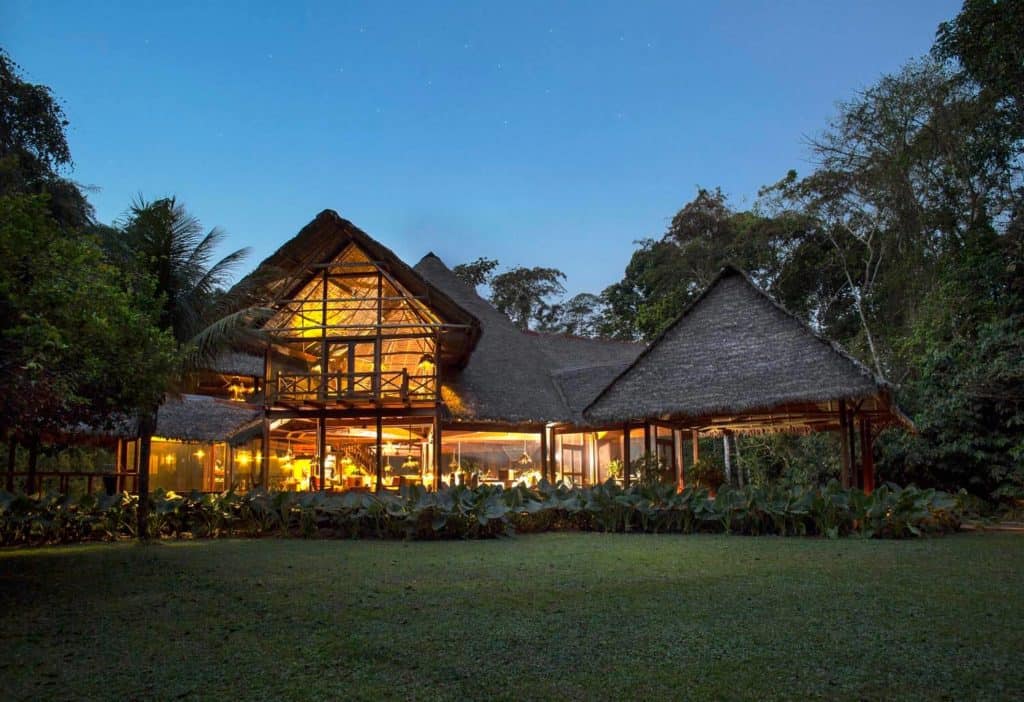
Most of the Amazon tours in Peru range from quick 2- or 5-day getaways deep into the rainforest. If you’re short on time, a shorter lodge-based trip in Puerto Maldonado might be perfect – you’ll still see plenty of wildlife and experience the jungle without spending days traveling.
If you dream of a more immersive experience, plan at least 4 or more days to venture deeper into remote areas like Manu National Park, where the forest feels truly wild and untouched.
I always tell people: if you’re coming all the way to the Amazon, make it count and choose as many days as you can. Most travelers trying to decide between 3, 4, or 5 days don’t realize how much of a difference it makes – but it really does. A 3-day trip often gives you just one full day in the jungle, since the first and last days are mostly taken up by arrival and departure. That’s why I always recommend going for 4 or even 5 days (or more!!) if possible. It’s such a unique, once-in-a-lifetime experience, and every extra day lets you explore deeper, see more wildlife, and really soak in the magic of the rainforest.
Where Do I Want to Go?
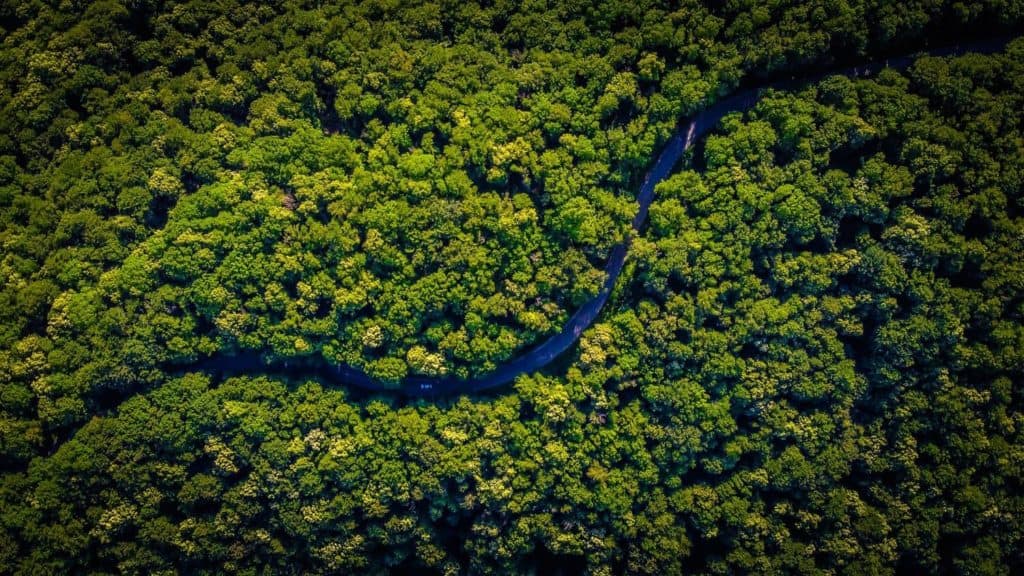
Peru’s Amazon rainforest covers a vast area, and each region offers something different.
1. Tambopata, near Puerto Maldonado, is the most accessible and a top choice for first-time visitors, with excellent lodges and abundant wildlife.
2. Manu National Park involves a longer journey by road, but it rewards travelers with incredible biodiversity and a truly remote atmosphere.
3. Iquitos and the Pacaya Samiria National Reserve, in the northern Amazon, are only accessible by boat or plane and are ideal if you’re interested in river cruises and flooded forest landscapes.
By the way, if you’re visiting Peru between the end of May and the beginning of July, consider adding Tres Cruces de Paucartambo and the Virgen del Carmen festival to your Amazon itinerary. Tres Cruces, the gateway to Manu National Park, is a breathtaking viewpoint high in the Andes, where a rare natural phenomenon occurs at sunrise during the winter solstice – the sun appears to rise above the clouds. Nearby, the town of Paucartambo comes alive every July for the Virgen del Carmen festival, one of Peru’s most colorful and important traditional celebrations. Check out our Cultural Calendar about all festivals in Peru you should know about.
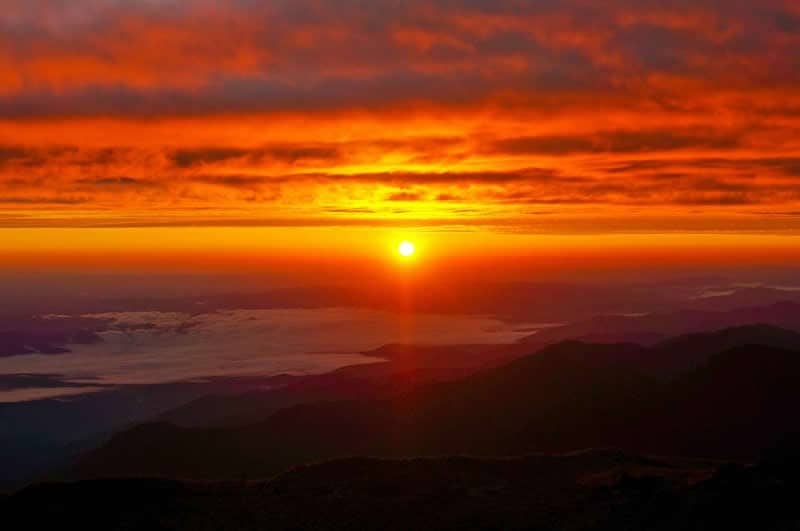
How Much Money Am I Ready to Spend on This?
There’s an Amazon experience for almost every budget. Shorter lodge stays near Puerto Maldonado tend to be the most affordable, while longer expeditions deep into Manu or luxury river cruises from Iquitos cost more but offer a once-in-a-lifetime experience.
Remember that higher prices often reflect the remoteness of the location, quality of the guides, comfort of accommodation, and how much is included.
What Type of Experience Do I Want to Have?
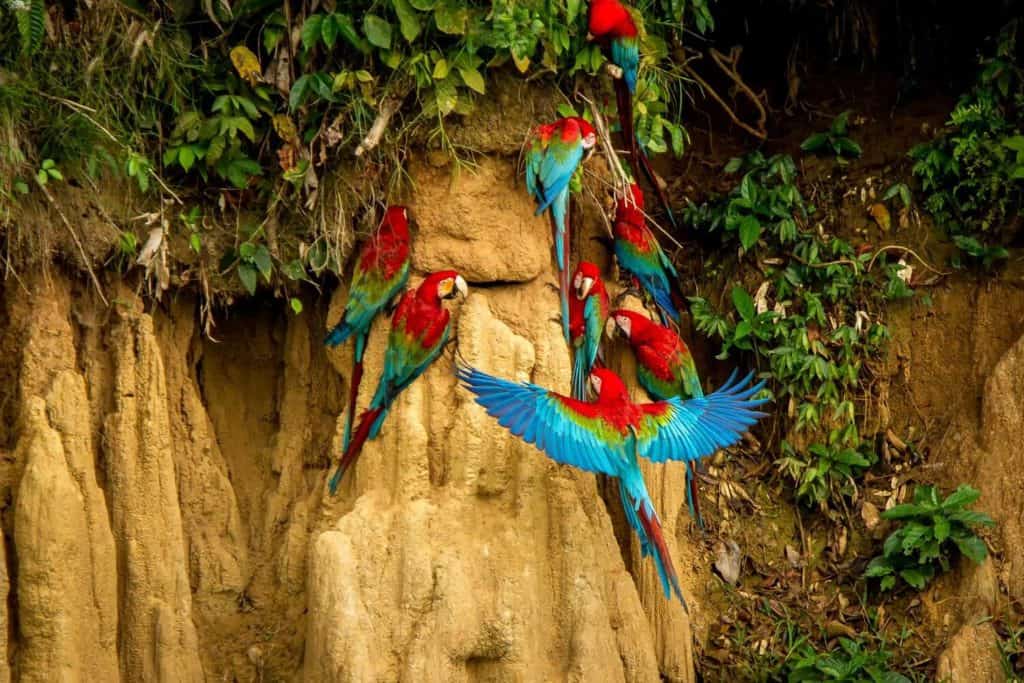
Ask yourself – what excites you most about the Amazon? That’s the key to picking the perfect tour.
For comfort and luxury lovers – if you like to travel in style, go for high-end lodges or luxury river cruises. Think cozy rooms, gourmet meals, boat trips that take you deep into the jungle with ease, and excursions that are exciting without sacrificing comfort. You get the best of both worlds: adventure and indulgence – wow!
For adventure seekers – if you want to get your hands dirty and really explore, choose longer trips with simpler lodges, or go deep into Manu National Park. You’ll start near villages where locals live, then venture further into untouched jungle. The deeper you go, the wilder it feels – it’s truly mesmerizing.
For culture lovers – most lodge tours include a quick community visit, but for a real authentic experience, head to towns like Pucallpa or Iquitos. Skip the “tourist pick-up” routine, wander the streets, meet locals in their daily life, try Amazonian street food, and soak in the culture in a genuine way.
Also, the remote jungle is home to several research centers dedicated to studying its incredible biodiversity and supporting conservation efforts. Places like the Tambopata Research Center allow visitors to learn about ongoing wildlife studies, rainforest ecology, and community conservation projects.
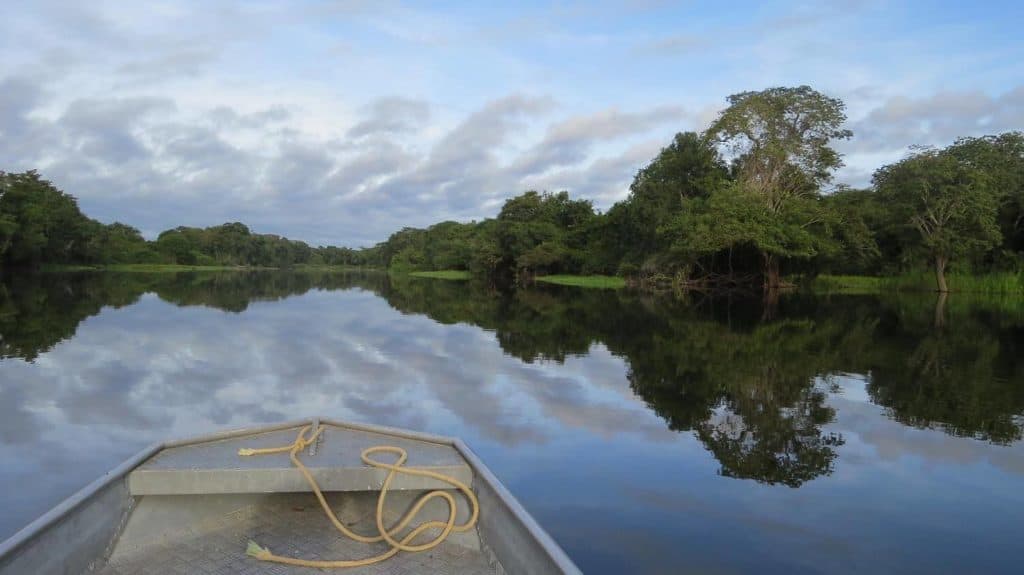
Pro Tip:
First time in the Amazon? A 3–5 day lodge tour in Tambopata is perfect. You can opt for an Amazon river cruise if your budget allows, or choose from plenty of wonderful lodges with excellent itineraries. Most lodges provide pick-up and drop-off from Puerto Maldonado airport with your tour guide, and unforgettable rainforest expeditions, like visits to the famous clay licks, river boat excursions, hikes along jungle trails, and more!
Tips and Advice
Visiting the Amazon is an incredible adventure, but there are a few important things to prepare for so your trip goes smoothly.
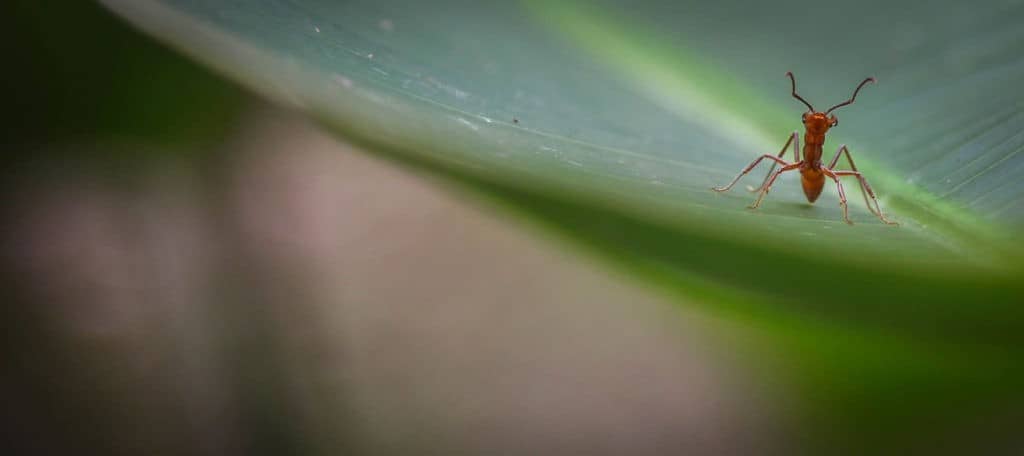
Mosquitoes and Insects
The jungle is full of insects, including mosquitoes, so bring a good repellent. Even though most quality lodges provide mosquito nets around your bed and in common areas, you’ll still want repellent for hikes and boat trips. Long sleeves and lightweight pants can also help protect you during the day and evening.
Vaccinations and Health
Good news – there are no mandatory vaccinations to visit the Peruvian Amazon. That said, there are several strongly recommended vaccines to keep you safe while exploring the jungle. Here are more details:
- Yellow Fever – This is the most important one. The CDC recommends it for anyone over 9 months visiting areas like Madre de Dios, Loreto, Ucayali, and parts of Cusco and Puno. Some lodges or tour operators may even ask for proof of vaccination.
- Hepatitis A and Typhoid – Since you’ll be eating local food and drinking water in remote areas, these vaccines are recommended.
- Mosquito-borne illnesses. Malaria exists in the Amazon, so taking preventive medication is advised. Dengue and Zika are present too, so bring a good repellent, long sleeves, and pants.
Don’t Have Expectations!
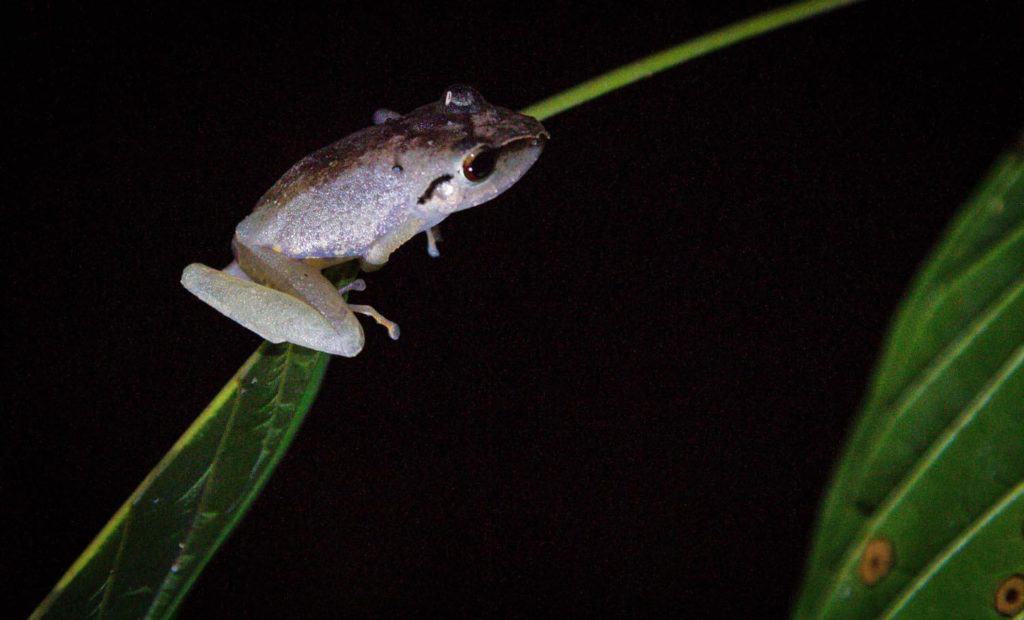
You never know what you’ll see – this is nature, so keep an open mind! On my first Amazon lodge visit, I spotted almost nothing, and even my guide was frustrated. The next time, with zero expectations, a whole family of otters appeared right next to our boat! Sometimes, the less you expect, the more the Amazon surprises you.
Climate and Clothing
The Amazon is a wild mix of heat, humidity, and rain, so packing wisely can make a huge difference in how much you enjoy your trip. Lightweight, breathable clothing is a must – you’ll be moving through thick jungle air, and quick-dry fabrics are a lifesaver when the occasional downpour hits. A good rain jacket is essential, even if the forecast looks clear, because rain showers in the rainforest can appear out of nowhere.
For footwear, think comfortable walking shoes or waterproof boots – you’ll be hiking muddy trails, crossing streams, and hopping on and off boats. Accessories like a wide-brimmed hat and sunglasses will protect you from the strong sun, especially when you’re out on boat trips or viewpoints above the canopy.
Personally, I always pack a small plastic bag for electronics and valuables, because even a short jungle rain can soak your things in seconds. The key is to be prepared but not overpacked!
Water & Food
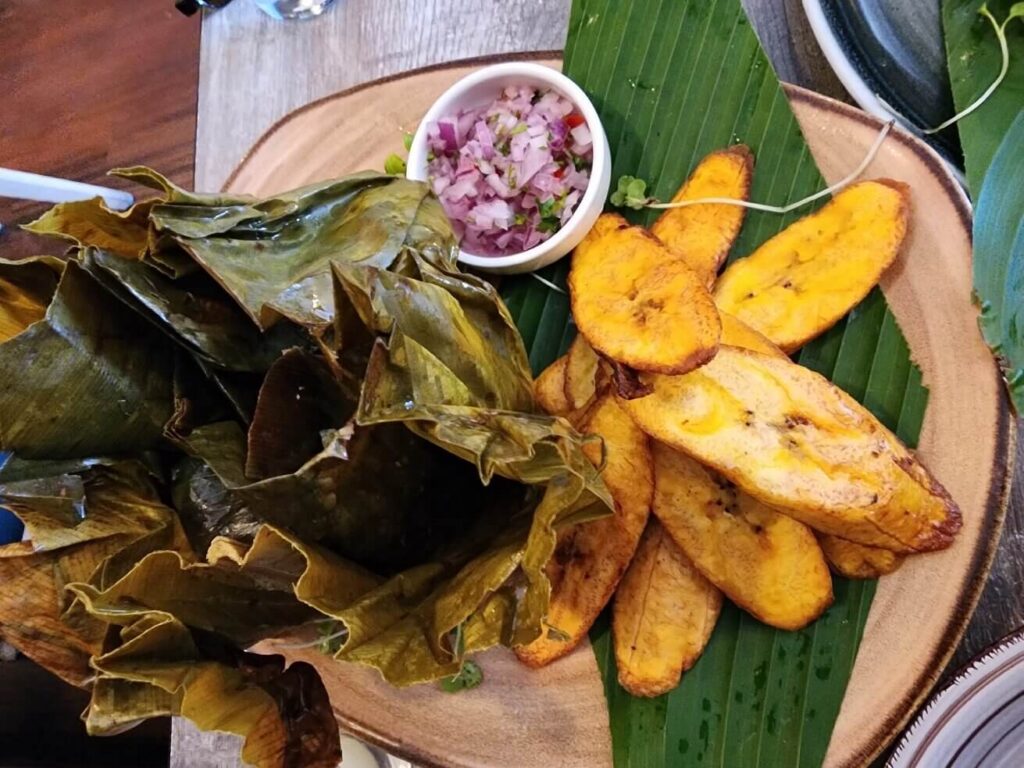
Stick to bottled or filtered water and be mindful of what you eat to avoid stomach issues. Most lodges provide safe meals and snacks, but it’s always good to carry a small stash of snacks for excursions.
Other Essentials
Sunscreen, insect-repellent, wipes, a flashlight or headlamp, binoculars for wildlife spotting, and a waterproof bag for electronics can make your trip much more comfortable.
Even with all precautions, embracing the jungle vibe is part of the fun! A little preparation goes a long way, and you’ll get to enjoy the magic of the Amazon safely and comfortably.
Ready For Your Trip to the Amazon?
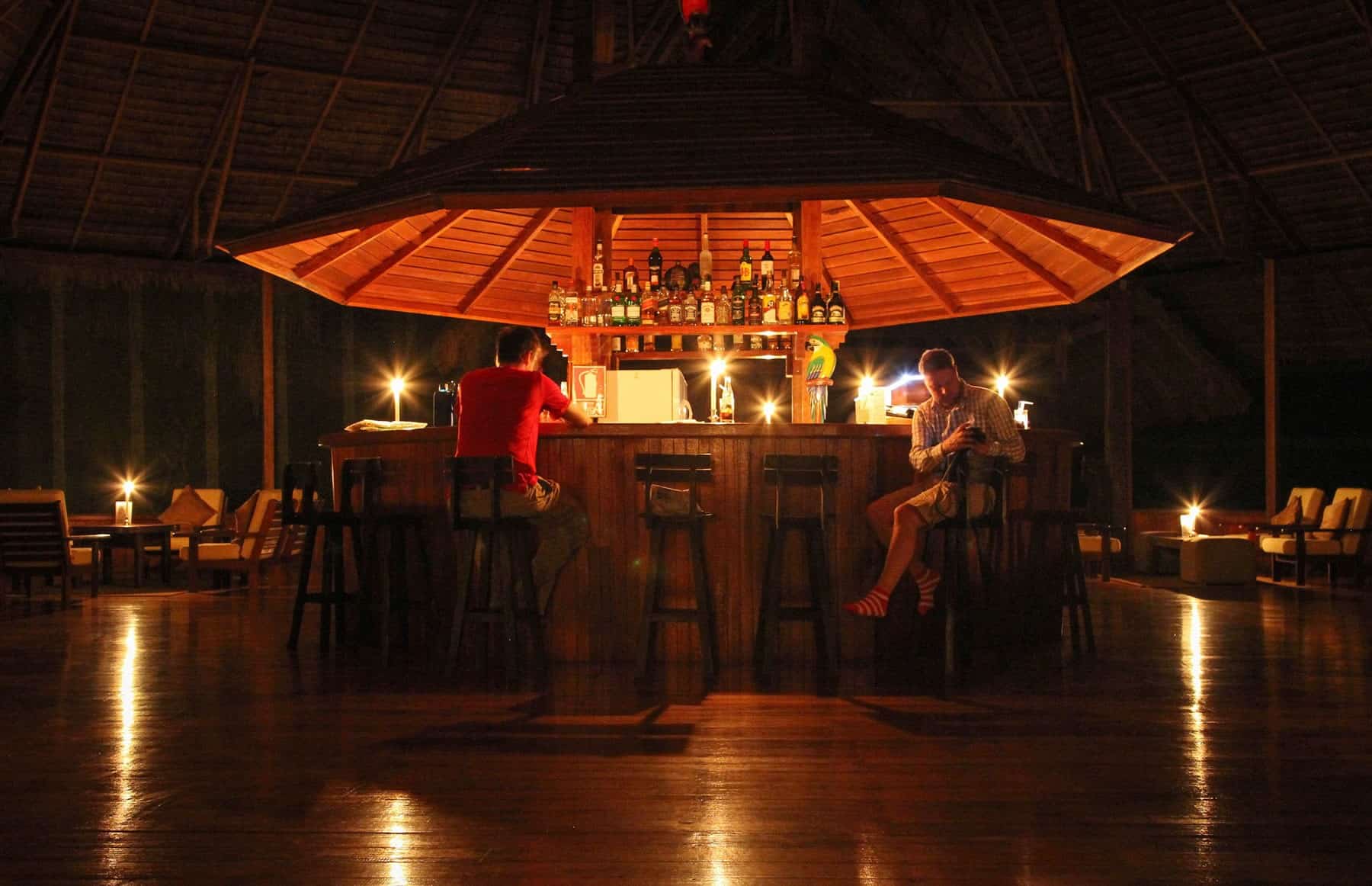
With a little preparation – packing the right clothing, bringing insect repellent (trust me, you will need it!), and choosing the tour that suits your style – you can fully relax and immerse yourself in this incredible ecosystem.
Let the tropical rainforest show you why it’s one of the most magical places on Earth! Contact us, and our expert team can help you decide which type of tour is best, how long to stay, and even create a complete multi-day itinerary that includes not only a jungle immersion with lots of nature and wildlife, but also other highlights like trek to Machu Picchu and the Sacred Valley.
Keep Reading:
Budget Puerto Maldonado & Tambopata Lodges
Luxury Puerto Maldonado & Tambopata Lodges
Rainforest Expeditions Amazon Tours

